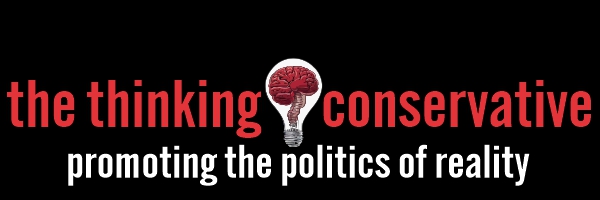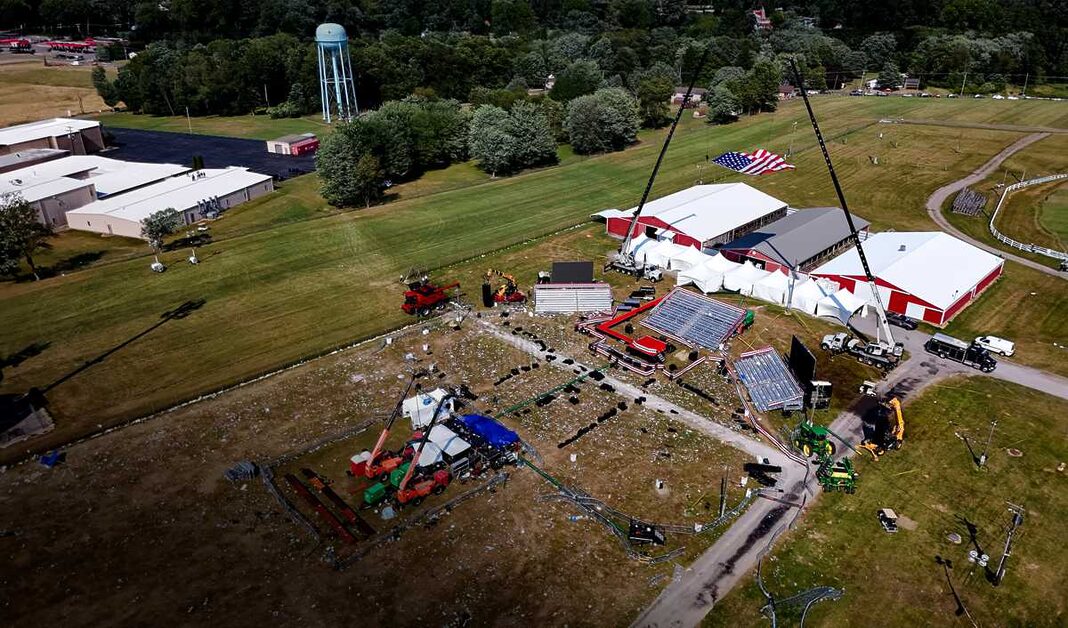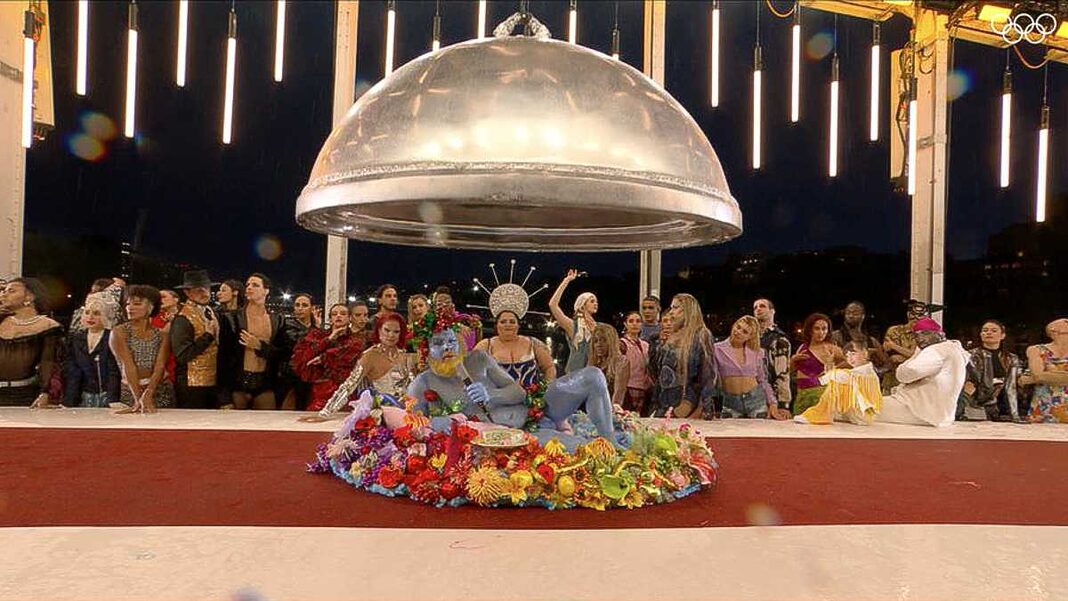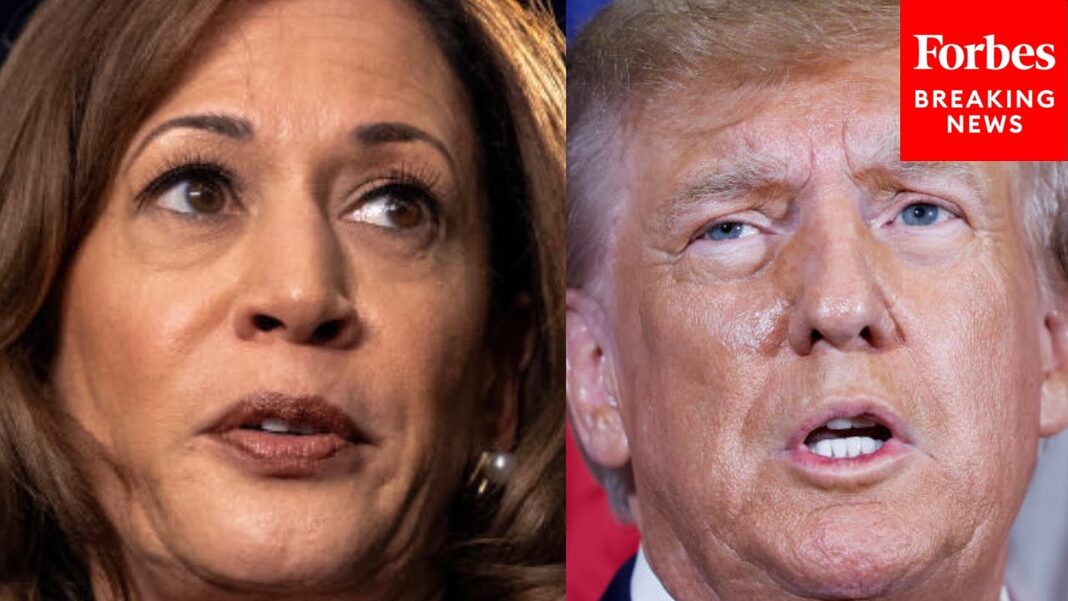What we know after several law enforcement officials testified to Congress.
Around two weeks after the failed attempt on former President Donald Trump’s life, new details are emerging about the shooting and the days leading up to it.
The perpetrator, Thomas Matthew Crooks, who authorities say acted alone, was fatally shot within seconds of opening fire.
According to FBI Director Christopher Wray, at least 700 FBI agents are involved in the investigation into the matter—the first attempted assassination of a U.S. president in more than four decades. Two other reviews into the Secret Service’s security failure are ongoing.
While these investigations are underway, a clearer image of the incident has come into focus—though many questions, including the shooter’s motives, remain unanswered.
New details were disclosed in testimonies to Congress in the week of July 22 by Mr. Wray, former Secret Service Director Kimberly Cheatle, and Pennsylvania State Police Commissioner Col. Christopher Paris.
So far, more than 100 interviews have been conducted, and more than 1,000 pieces of evidence have been cataloged, according to Col. Paris.
Here’s a breakdown of what we know about the attempted assassination so far.
July 3
The Trump campaign announces a rally in Butler, Pennsylvania.
July 6
Mr. Crooks searches online for upcoming events being held by former President Trump and the Democratic National Committee, according to Rep. Melanie Stansbury (D-N.M.), who cites briefings from law enforcement officials.
Mr. Crooks searches on the internet for how far away Lee Harvey Oswald was from President John F. Kennedy when Oswald shot the president.
“That’s a search that’s obviously significant in terms of his state of mind,” Mr. Wray told the House Judiciary Committee.
Mr. Crooks registers for the Butler rally on July 6.
July 6
Mr. Crooks visits the site of the rally for the first time, a week before the shooting.
“I think, a week before, he spent roughly 20 minutes there,” Mr. Wray testified.
July 12
The day before the shooting, Mr. Crooks goes to a shooting range, where he practices with a rifle.
Mr. Wray said that investigators have not yet confirmed that the “AR-style” rifle was the same one he used in the shooting, but said that the current assessment is that “it probably is.”
July 13
Morning—Mr. Crooks Returns to Rally Site
On the morning of the rally, Mr. Crooks returns to the site of the rally and spends around 70 minutes there. It was the second of his three visits to the site, according to Mr. Wray.
1:30 p.m.—Crooks Buys Ammunition
Mr. Crooks purchases around 50 rounds of ammunition for the rifle he uses in the assassination attempt.
Mr. Wray said that the FBI has learned this purchase took place at around 1:30 p.m. ET, approximately 5 hours before the shooting.
Mr. Crooks had legally purchased the rifle from his father.
3:50 p.m.—Drone Flown
About two hours before the shooting, Mr. Crooks flies a drone to survey the rally site. He operates it about 200 yards from the stage where former President Trump plans to speak.
The drone, Mr. Wray said, afforded the gunman a “rearview mirror” of the scene behind him and a better assessment of the angle toward the podium.
The FBI has recovered the drone.
5:10 p.m.—Sniper Notices Crooks
Approximately an hour before the shooting, Mr. Crooks is identified by a local law enforcement sniper, according to a report by Sen. Ron Johnson (R-Wis.).
This sniper is one of two posted inside the American Glass Research (AGR) building, the same building from which Mr. Crooks fires an hour later.
The sniper who notices Mr. Crooks doesn’t immediately report it.
In her testimony, former Secret Service Director Cheatle said that the rally was allowed to proceed because Mr. Crooks was deemed as suspicious but not as a threat.
5:14 p.m.—Mr. Crooks Photographed
Law enforcement officers take pictures of Mr. Crooks around 5:14 p.m., according to Rep. Nancy Mace (R-S.C.).
According to body camera footage taken in the immediate aftermath of the shooting, a Beaver County sniper caught images of Mr. Crooks arriving via bicycle.
Local officers notice Mr. Crooks has a rangefinder, a device used to calculate distances for firearms, a little less than an hour before shots are fired.
Mr. Crooks is not yet considered a threat by the Secret Service, and isn’t until moments before the shooting.
5:38 p.m.—Crooks Reported to Command
The local law enforcement sniper who had initially noticed Mr. Crooks at 5:10 p.m. reports it in to command roughly 28 minutes later, at 5:38 p.m., according to Mr. Johnson.
Col. Paris said local officers deem Mr. Crooks suspicious because he is “milling around that area in front of the AGR building” but not entering the rally venue.
At the time, the officer is asked to report it to the Butler emergency services command center, which is in charge of distributing communications.
Notably, according to Mr. Johnson’s report, communications were siloed by agency, limiting communication between local and state police and the Secret Service. This means that the local sniper is unable to immediately communicate it to the Secret Service.
Col. Paris said multiple people were identified as suspicious at the rally.
5:41 p.m.—Command Made Aware of Crooks
Three minutes later, the law enforcement command center in Butler is made aware of Mr. Crooks by the sniper who initially noticed him, Mr. Johnson’s report says.
5:49 p.m.—Pictures of Crooks Distributed
Nine minutes after he makes the initial report to the command center, the sniper sends photos of Mr. Crooks to command, which are then distributed.
Around 5:51 p.m.—Secret Service Alerted
Pennsylvania State Police alerts the Secret Service to a man with a rangefinder at around the same time, Col. Paris told lawmakers on July 23.
Snipers stationed in a building overlooking the roof of the nearby AGR building leave their post to look for Mr. Crooks around the same time, Col. Paris said.
Mr. Crooks could have and should have been apprehended around this timeCol. Paris says at the hearing.
“I would say Mr. Crooks could have been encountered and intercepted. That would have been the ideal,” Col. Paris said.
Ms. Cheatle said in her testimony that rangefinders, which can offer a zoomed-in image to users, aren’t prohibited items and carrying one wasn’t enough on its own to label Mr. Crooks a threat.








